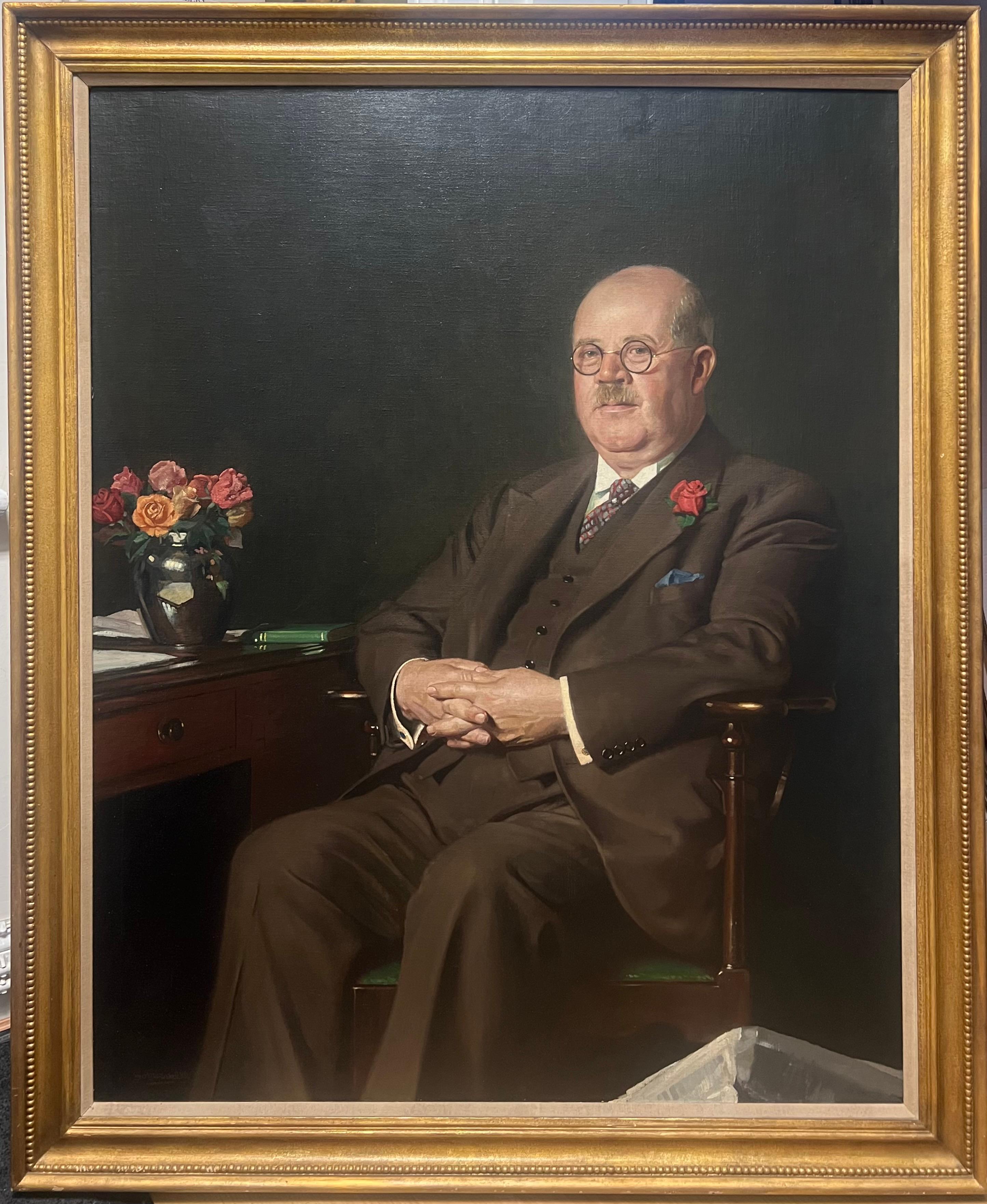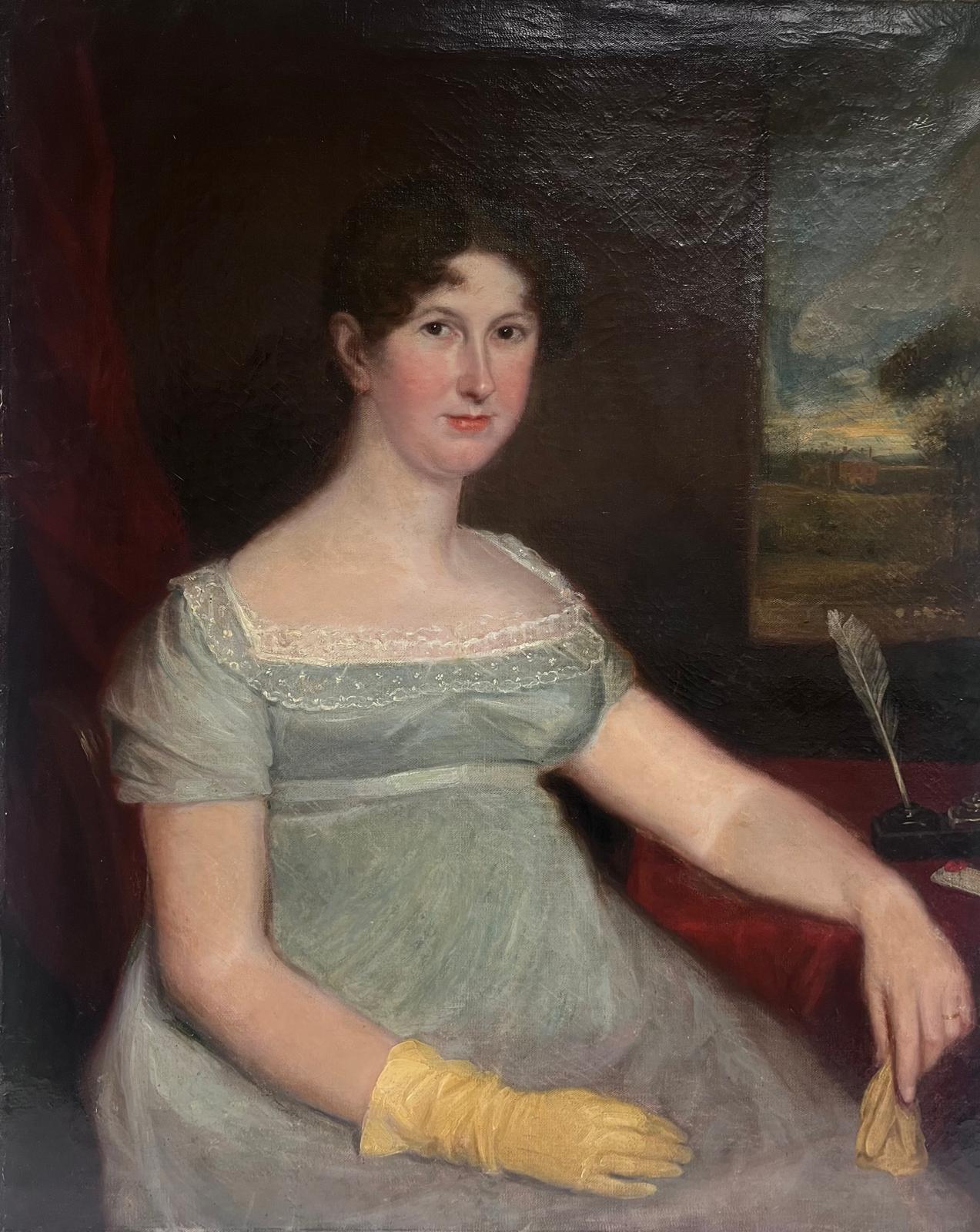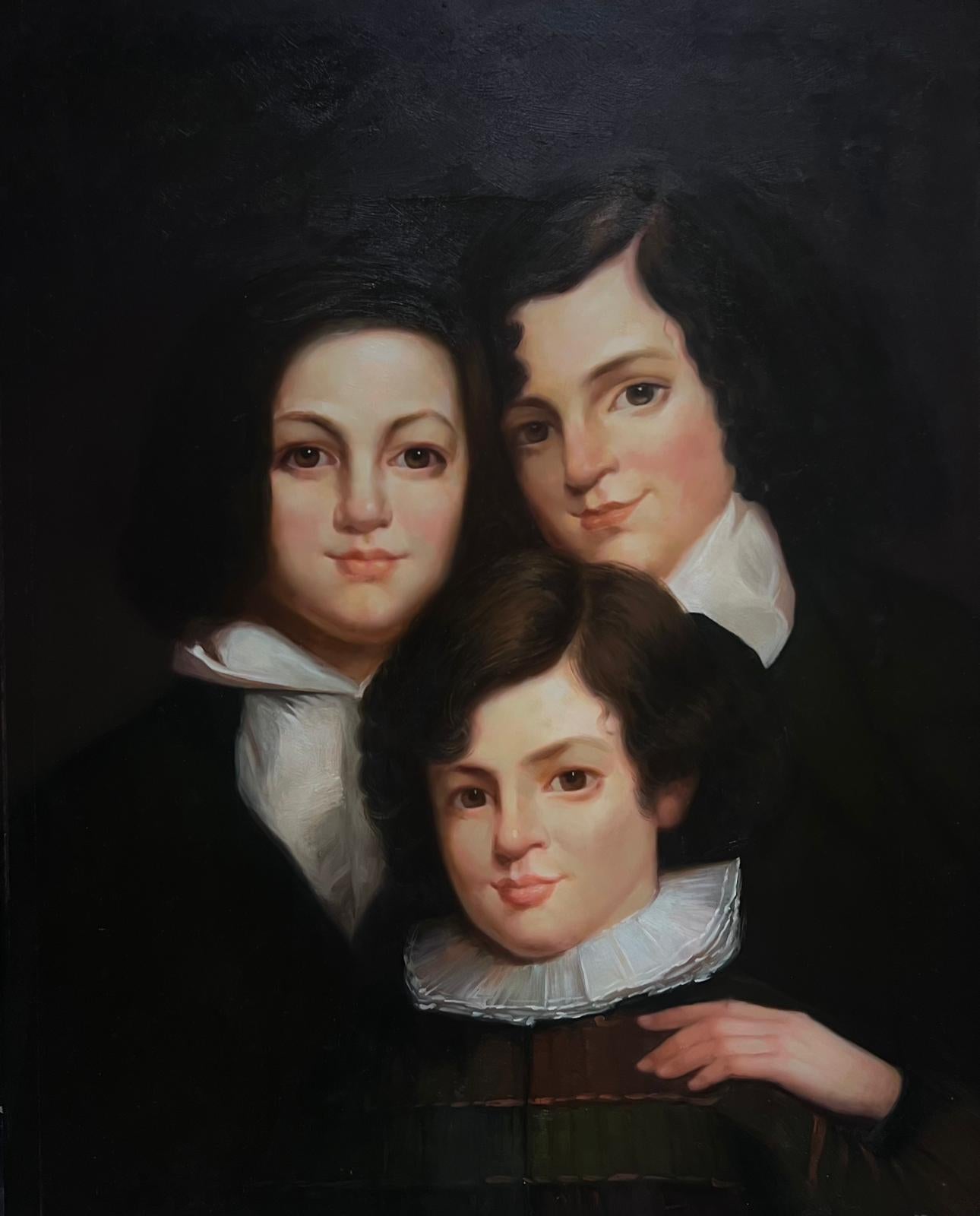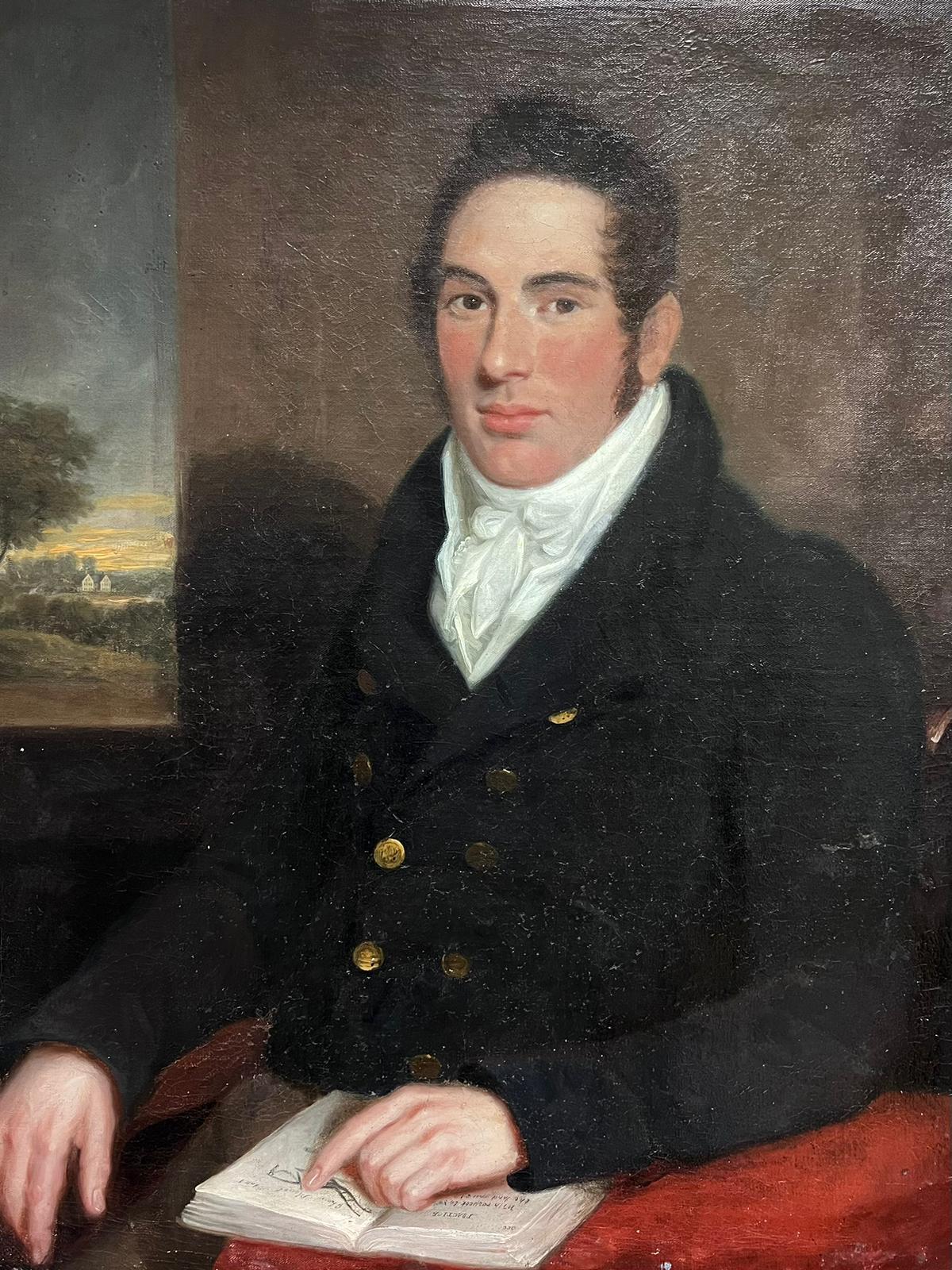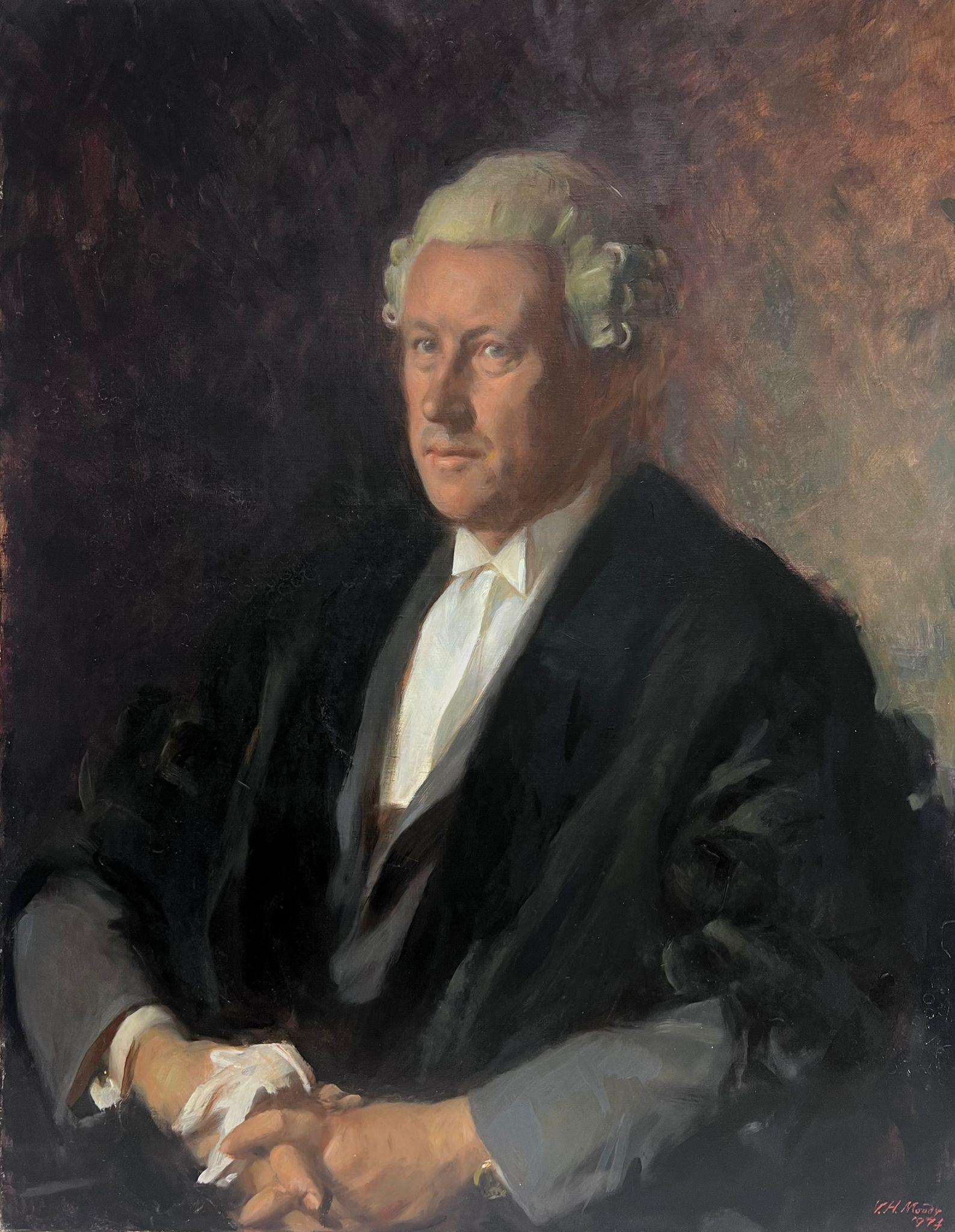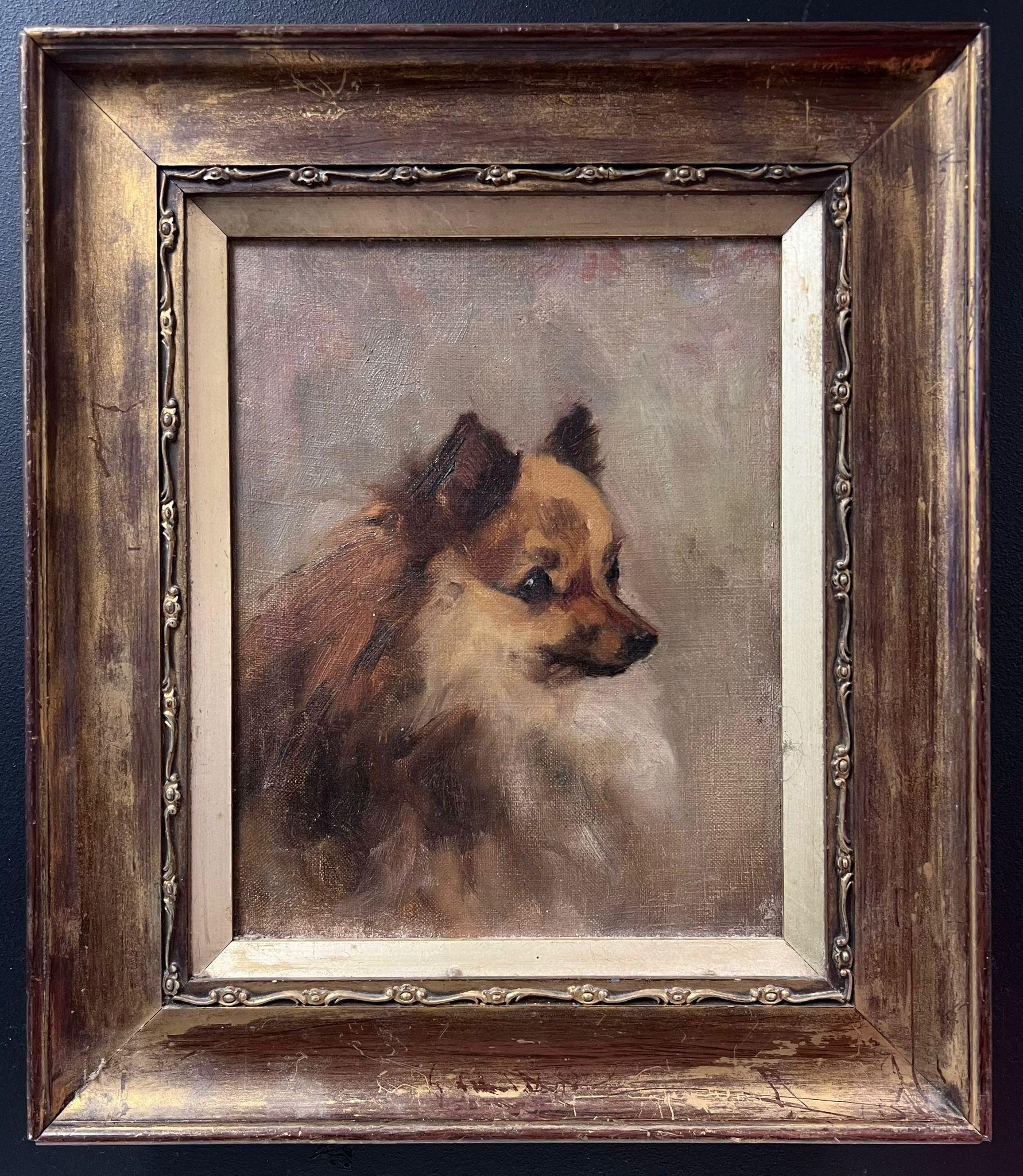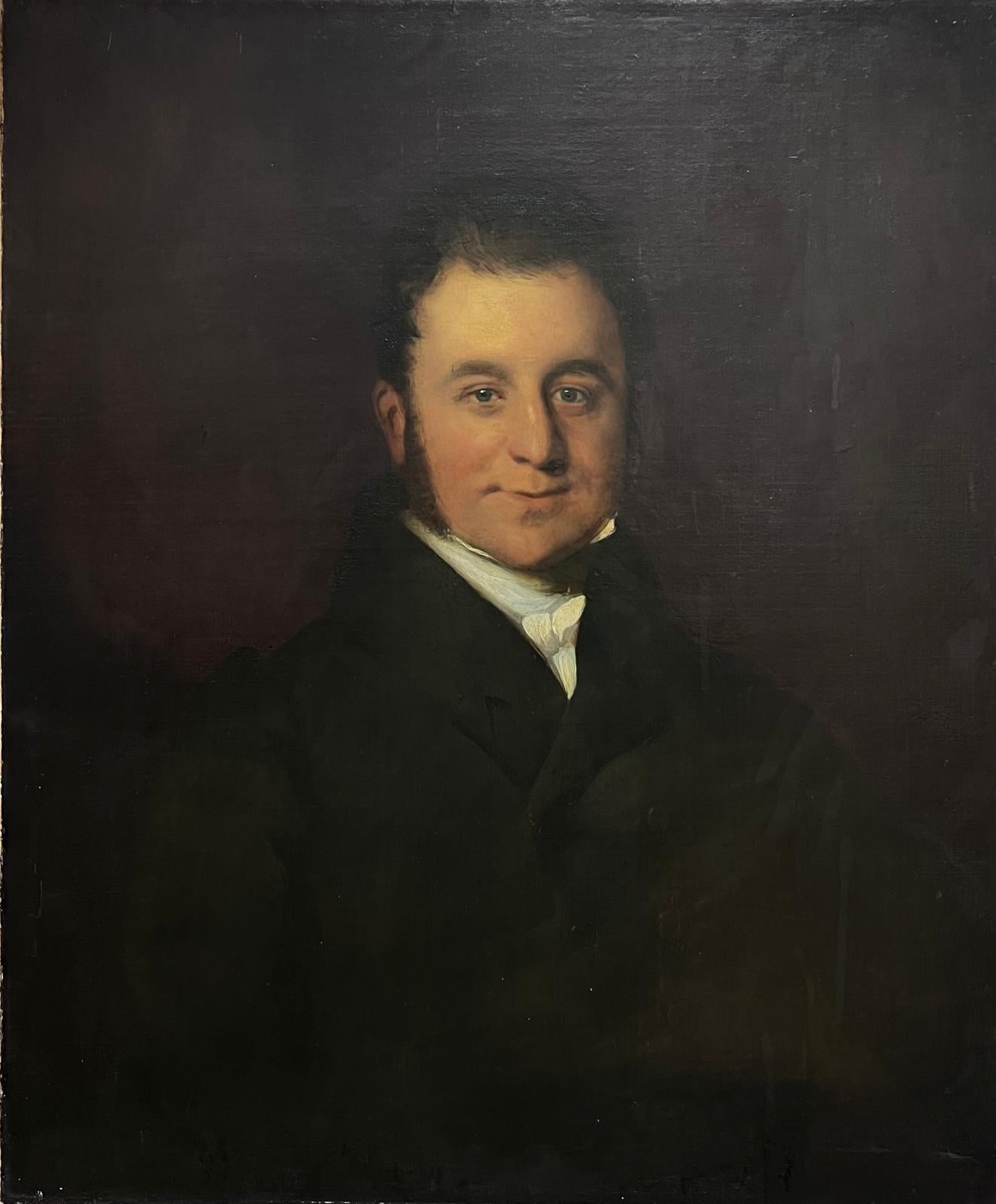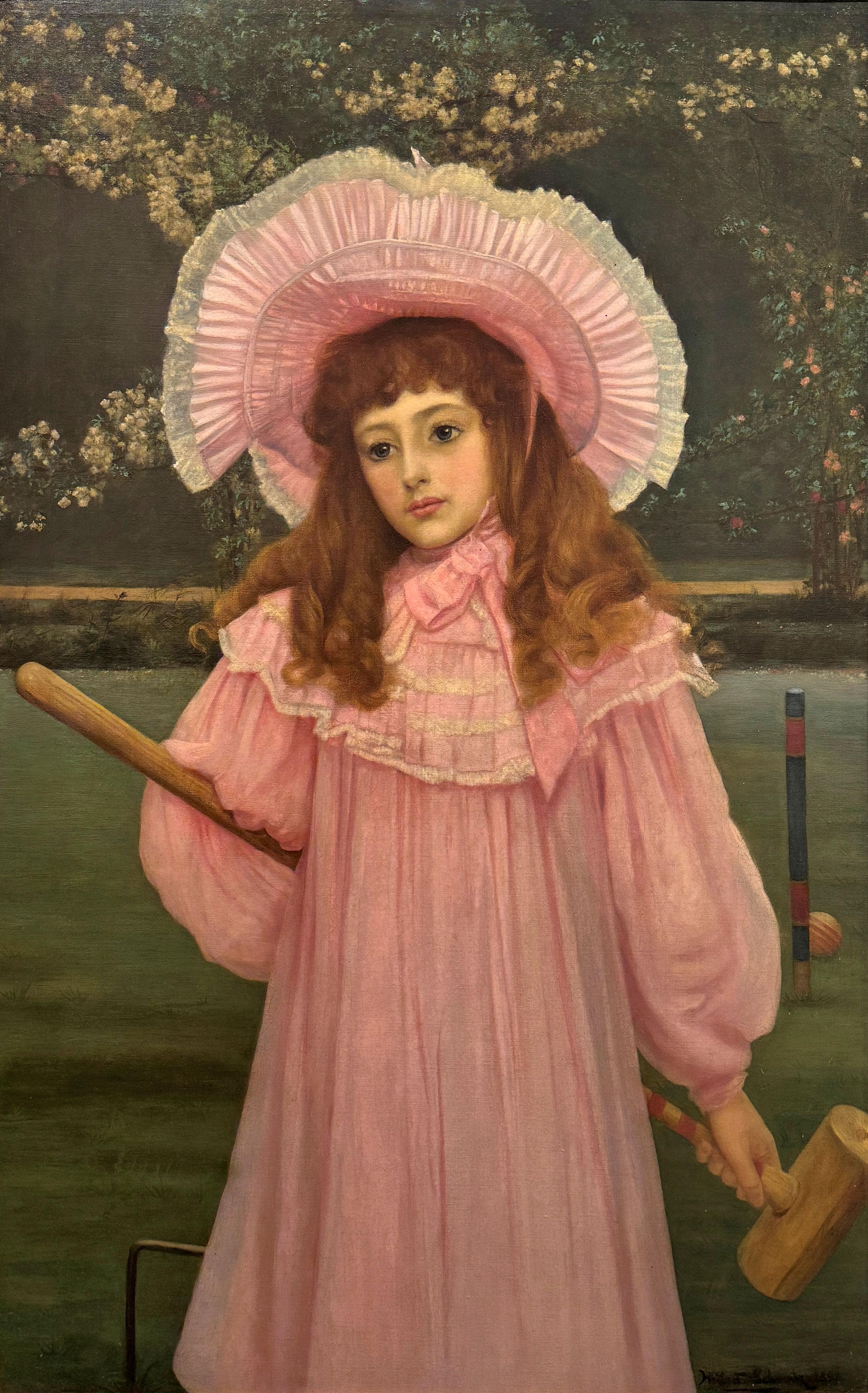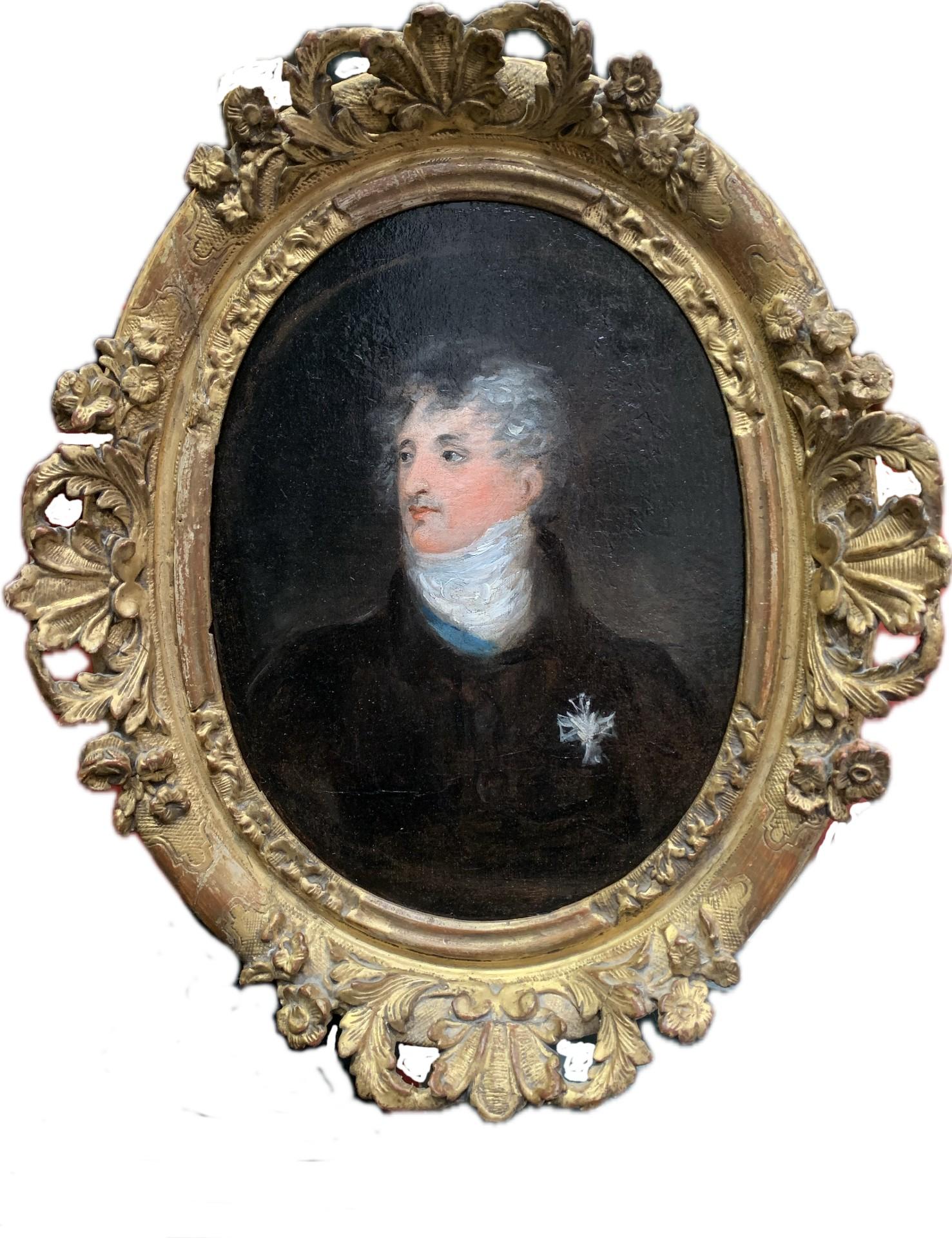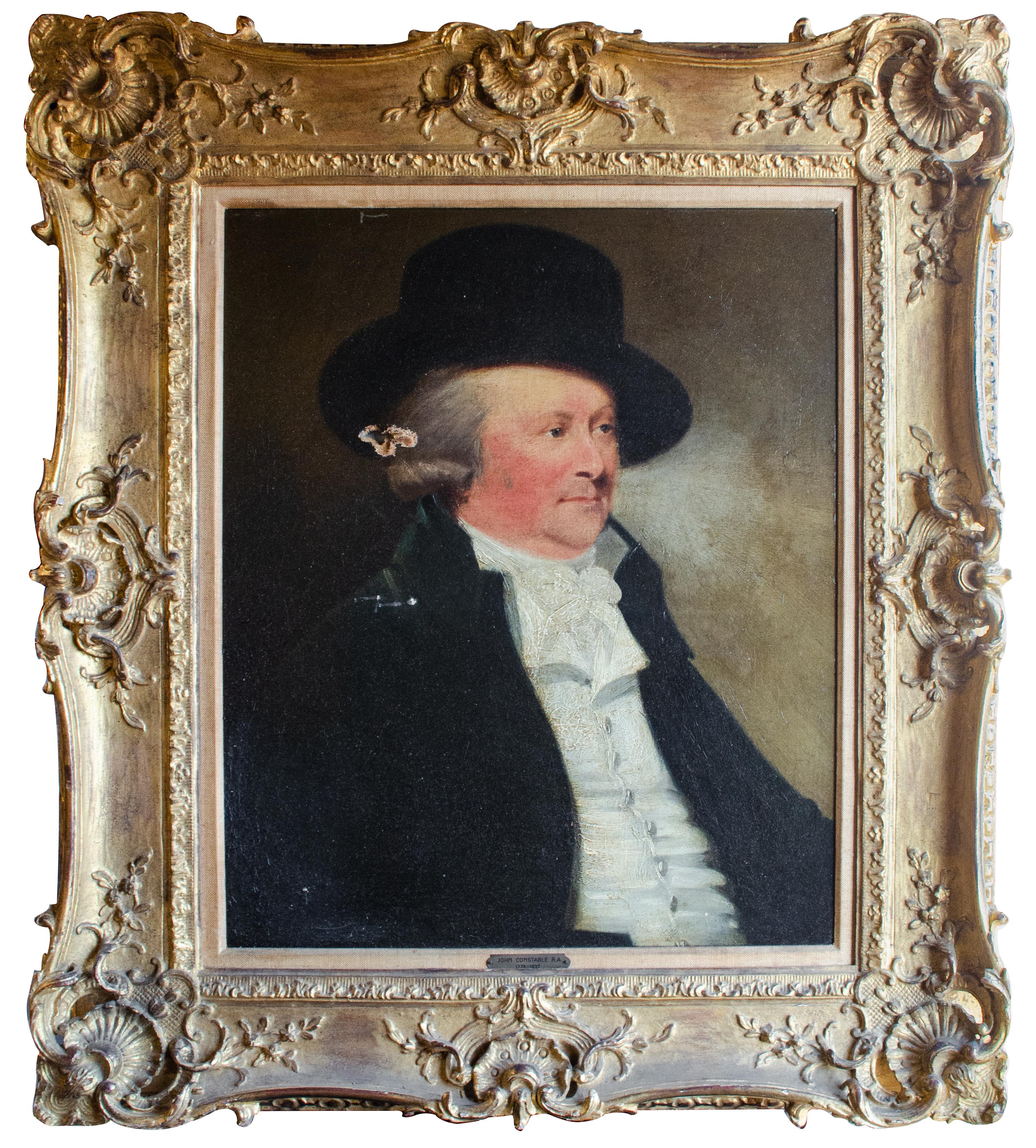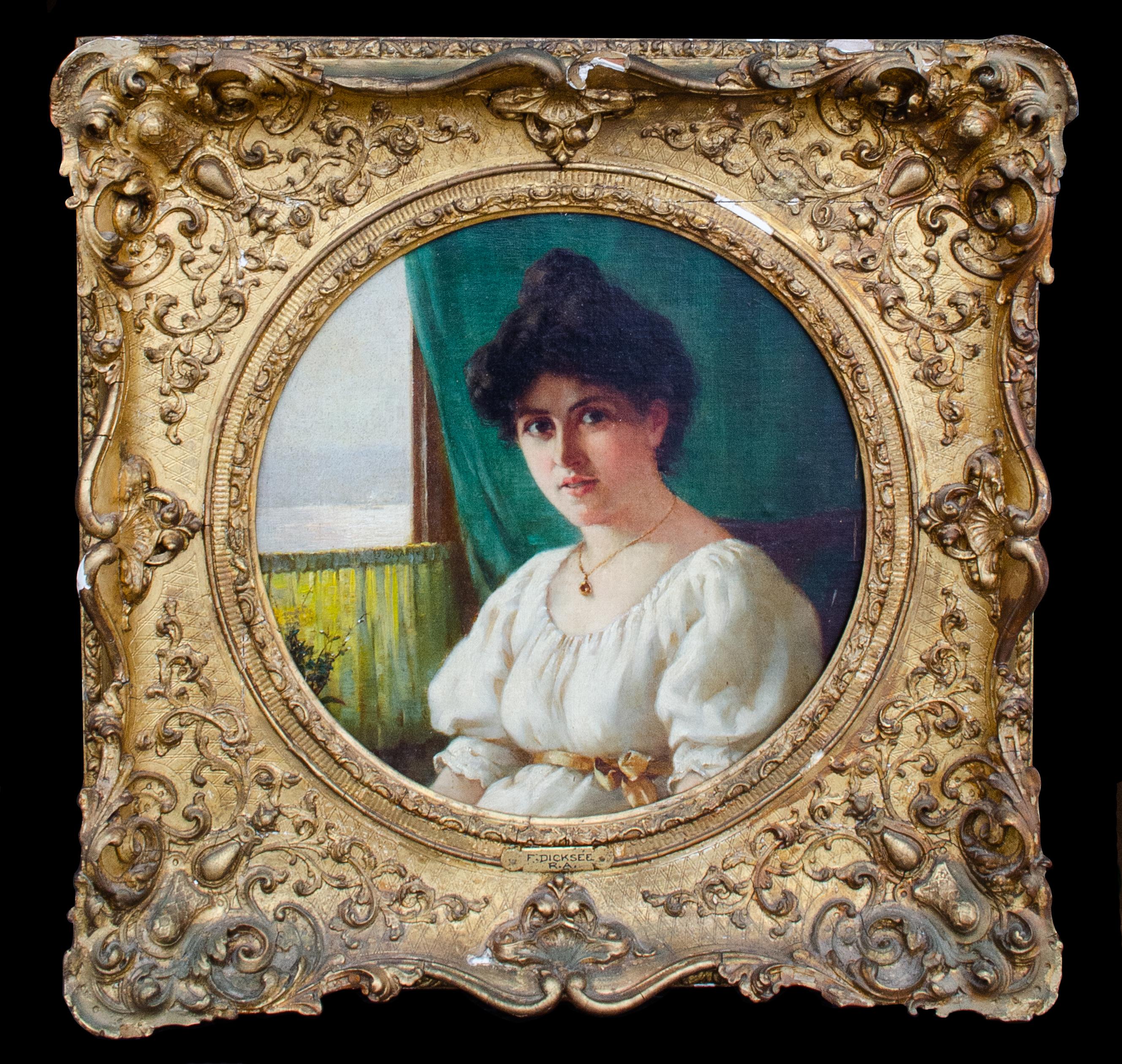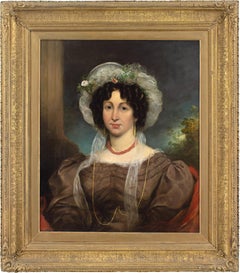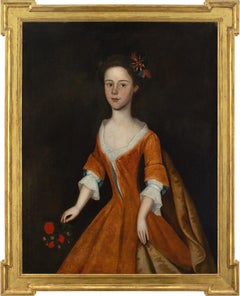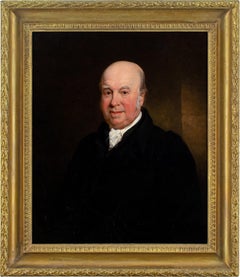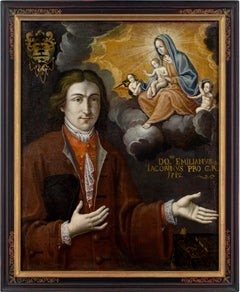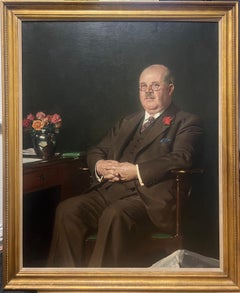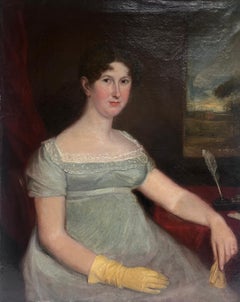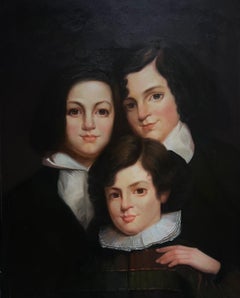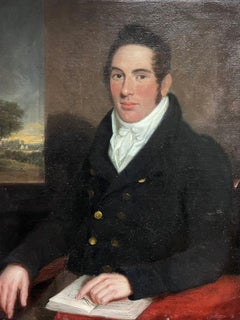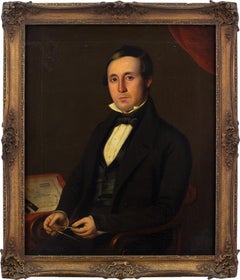
19th-Century English School, Portrait Of A Cartographer, Oil Painting
View Similar Items
Want more images or videos?
Request additional images or videos from the seller
1 of 12
Unknown19th-Century English School, Portrait Of A Cartographer, Oil Paintingc. 1840
c. 1840
$1,889.14List Price
About the Item
- Creation Year:c. 1840
- Dimensions:Height: 43 in (109.22 cm)Width: 36.5 in (92.71 cm)
- Medium:
- Movement & Style:
- Period:
- Condition:The artwork has various issues including craquelure, repairs and paint losses. It has the appearance of a beautifully worn old country house picture.
- Gallery Location:Cheltenham, GB
- Reference Number:1stDibs: LU2328211665642
About the Seller
5.0
Platinum Seller
Premium sellers with a 4.7+ rating and 24-hour response times
Established in 2017
1stDibs seller since 2023
242 sales on 1stDibs
Typical response time: 1 hour
Authenticity Guarantee
In the unlikely event there’s an issue with an item’s authenticity, contact us within 1 year for a full refund. DetailsMoney-Back Guarantee
If your item is not as described, is damaged in transit, or does not arrive, contact us within 7 days for a full refund. Details24-Hour Cancellation
You have a 24-hour grace period in which to reconsider your purchase, with no questions asked.Vetted Professional Sellers
Our world-class sellers must adhere to strict standards for service and quality, maintaining the integrity of our listings.Price-Match Guarantee
If you find that a seller listed the same item for a lower price elsewhere, we’ll match it.Trusted Global Delivery
Our best-in-class carrier network provides specialized shipping options worldwide, including custom delivery.More From This Seller
View AllGeorge Clint ARA (Attributed), Portrait Of A Lady In A Brown Dress
Located in Cheltenham, GB
This early 19th-century half-length portrait attributed to British artist George Clint ARA (1770-1854) depicts a young lady wearing a beautiful brown dress, bonnet decorated with small flowers, gold earrings and coral necklace. Clint was a distinguished painter and mezzotint engraver predominantly known for portraiture and dramatic scenes.
Set before an evocative classically-inspired backdrop, she looks out from across the centuries with a composed demeanour. Adorned in the latest fashions, oversized ‘gigot’ sleeves, a delicately-poised bonnet, and a coral necklace for good luck. It’s a charming portrayal by a masterful hand.
Born at Drury Lane, in the heart of London’s West End, George Clint was destined to lead an exuberant life amid the spectacle of theatreland. His father, Michael Clint, was a hairdresser during a time of “hair pomatum, whalebone, wire, lace gauze, and feathers” - so young George would have encountered a variety of ‘characters’ during his childhood.
But despite these elevated surroundings, he soon discovered the darker side of London when thrust into the world of employment. Apprenticed initially as a fishmonger, he trained under a ferocious master who was known to beat him. The hours were unsocial, the conditions rank, and the work was brutal. He soon quit but subsequently found himself toiling for a corrupt attorney who demanded he undertake unscrupulous acts on his behalf.
Seeking a less volatile role, he turned next to house painting, at which he excelled. Commissioned, among other projects, to paint the stones of the arches in the nave of Westminster Abbey. Aside from an incident whereby he almost fell from the second story of a building, all was going well.
Following his marriage in 1792 to Sarah Coxhead, a farmer’s daughter, he began work in earnest as a painter of miniatures, determined to forge a career. Robert William Buss’ memoir celebrates Clint’s success as a miniaturist, stating that “great manual excellence was united with that chaste, delicate feeling for female beauty which characterised all Mr. Clint's portraits of ladies.”
Until this point, it appears he was predominantly self-taught, presumably constrained by a lack of finances. But from hereon in, his industrious nature coupled with several fortunate encounters, led to him developing an enviable talent for both painting and engraving. During the early 19th-century, the acquaintances one kept could make or break your fortunes and perhaps acutely aware of this, Clint’s ‘society’ was an ever-evolving circle of influential personalities.
He was “initiated into the mysteries of engraving” by Edward Bell (act.1794-1819) and produced numerous works after the foremost artists, such as George Stubbs, John Hoppner, and Thomas Lawrence. Following a commission from Lawrence, he struck up a long-term friendship.
Admired for his skill as a mezzotint engraver, he sought next to hone his technique in oils and, as with many aspiring portraitists, his first work in this respect was a depiction of his beloved wife. The pair were both delighted with it, yet over time Clint began to doubt himself and sought the validation of a superior hand - that of Sir William Beechey (1753-1839). However, paralysed with insecurity, he couldn’t face the potential criticism, so his wife took it instead - “with a child under one arm and the portrait in the other”. The result was immeasurably more positive than he’d envisaged and he became closely associated with Beechey until his death in 1839.
Numerous commissions followed from the landed gentry including Lord Egremont, Lord Spencer, and Lord Essex. But also from the theatrical community who would fill his studio at 83 Gower Street, Bloomsbury. His connections within the world of acting led to notable works such as ‘Malvolio and Sir Toby’ (from William Shakespeare's 'Twelfth Night', Act II, Scene iii)’ and ‘Harriet Smithson as Miss Dorillon, in Wives as They Were, and Maids as They Are’.
While his efforts in mezzotint included several contributions to JMW Turner’s Liber Studiorum.
As a measure of his success, Clint was elected an Associate of the Royal Academy in 1821 - a position he later relinquished for personal reasons. Today, he’s represented in numerous public collections including at The British Museum, Harvard Art Museums, The Met, V&A, Yale Center for British Art, and the National Portrait Gallery.
“The respect in which he was held, not only by his brother artists, but by an immense number of eminent men in various professions, and others of the highest rank, was the result of a rare combination of talent, candour, suavity of manner, and integrity of purpose”. [Obituary, 1854].
Housed in a period gilt frame, which is probably original.
Learn more about George Clint ARA in our directory.
Labels & Inscriptions: Supplier’s stencil from Rowney & Forster. The National Portrait Gallery holds a database of supplier’s stencils over the decades. The one here is also presented on two other works by George Clint. ‘Falstaff’s Assignation with Mrs Ford...
Category
1830s English School Portrait Paintings
Materials
Oil, Canvas
Mid-18th-Century English School, Portrait Of A Girl With A Posy
Located in Cheltenham, GB
This exceedingly charming mid-18th-century English oil painting depicts a girl wearing a red gown with a train over a white petticoat. She’s holding a posy or nosegay.
Evidently once commissioned for an English country house, the identity of this young lady remains a mystery. Her gown appears to be inspired by the popular ‘robe à la française...
Category
1740s English School Portrait Paintings
Materials
Oil, Canvas
Early 19th-Century English School Portrait Of Samuel Jones Of Skeyton, Norfolk
Located in Cheltenham, GB
This fine early 19th-century English oil painting depicts Samuel Jones of Skeyton, Norfolk, smartly attired in a black coat with white cravat. The portrait was previously in the coll...
Category
1830s Portrait Paintings
Materials
Oil, Canvas
Early-18th Century French School, Ex-Voto Portrait With Emilian Jacobin
Located in Cheltenham, GB
This splendid early 18th-century French oil painting represents an ‘ex-voto’ with Emilian Jacobin and a depiction of the Virgin Mary with Christ and angels.
Ex votos are votive offe...
Category
1710s French School Portrait Paintings
Materials
Oil, Canvas
Late 19th-Century French School, Head Study
Located in Cheltenham, GB
This enchanting late 19th-century French oil painting depicts the head of a bearded man.
Rendered with an abundance of consideration and feeling, the introspection of the figure po...
Category
1890s French School Portrait Paintings
Materials
Canvas, Oil
Thomas Gainsborough (Follower), Portrait Of Miss Sparrow
By Thomas Gainsborough
Located in Cheltenham, GB
This exceedingly charming early 19th-century half-length portrait by a follower of Thomas Gainsborough RA FRSA (1727-1788) depicts a lady traditionally identified as ‘Miss Sparrow’. ...
Category
1830s Portrait Paintings
Materials
Oil, Canvas
You May Also Like
Huge British Mid 20th Century Portrait of a Bank Manager Signed Oil Painting
Located in Cirencester, Gloucestershire
The Bank Manager
by Stuart Scott Somerville (1908-1983)
signed oil on canvas, framed
Framed: 56 x 47 inches
Canvas: 50 x 40 inches
Provenance: private collection, UK
Condition: very ...
Category
Mid-20th Century English School Portrait Paintings
Materials
Oil, Canvas
Fine 1820's English Georgian Large Portrait of a Country Lady seated with Quill
Located in Cirencester, Gloucestershire
Portrait of a Country Lady, depicted Seated wearing a silk glove and with a Quill Pen
English artist, circa 1820's, unsigned
oil on canvas, unframed
canvas: 35 x 29 inches
provenance...
Category
Early 19th Century English School Portrait Paintings
Materials
Oil, Canvas
Family Portrait of Children Large Oil Painting on Canvas
Located in Cirencester, Gloucestershire
The Family Portrait
British School, 20th century
(painted in an earlier style)
oil on canvas, unframed
canvas: 30 x 24 inches
provenance: private collection, England
condition: overa...
Category
20th Century English School Portrait Paintings
Materials
Oil, Canvas
Fine Large 1800's English Oil Country Gentleman in Parkland before Stately Home
Located in Cirencester, Gloucestershire
The English Gentleman and his Country House
English artist, circa 1800-1820 period
Fine Georgian period portrait of a young English gentleman, seated with distant view of his country...
Category
Early 19th Century English School Figurative Paintings
Materials
Oil, Canvas
Large 1970's British Portrait of a Lawyer/ Barrister in Wig Signed Oil Painting
Located in Cirencester, Gloucestershire
The Legal Gentleman
portrait of a lawyer/ barrister
by Victor Hume Moody (British 1896-1990) *see notes below
signed and dated 1974
oil on canvas, unframed
canvas: 36 x 28 inches
pro...
Category
1970s English School Portrait Paintings
Materials
Oil, Canvas
Antique English Oil Painting Portrait of Pomeranian Dog 19th Century framed
Located in Cirencester, Gloucestershire
Portrait of a Pomeranian Dog
English artist, late 19th century
oil on canvas, framed
Framed: 14.5 x 12.5 inches
Canvas: 10 x 8 inches
Provenance: Private collection, Surrey, England
...
Category
Late 19th Century English School Animal Paintings
Materials
Oil, Canvas
Recently Viewed
View AllMore Ways To Browse
Antique Maps Of Canada
Antique Maps West Indies
Antique English School Desk
Antique Map Desk
Portrait Of An Elegant Woman Painting
Portrait Painting Of Princess
Gentleman Oil Portrait
Portrait King Charles
19th Century Children Portraits
Society Lady Painting
Woman In A Hat Portraits
18th Century Italian Portrait
18th Century British Portrait
Portrait Painting Girl 19th
17th Century Dutch Portrait
Oil On Canvas Military Portraits
18th Century English Oil Paintings
Blue Venus
